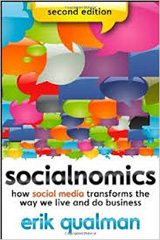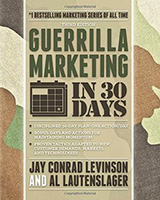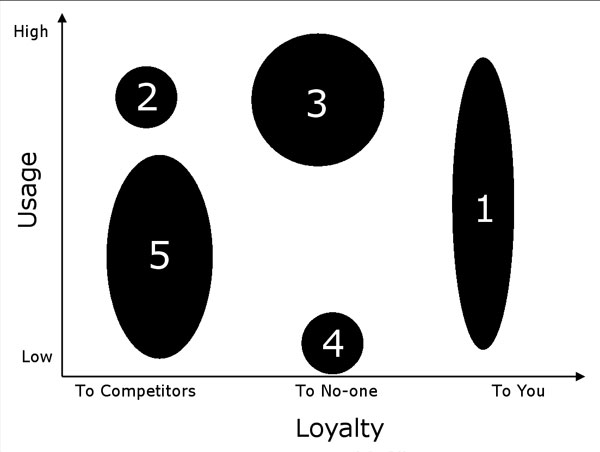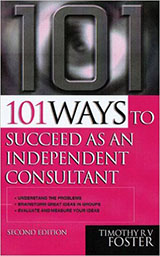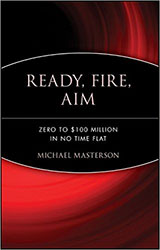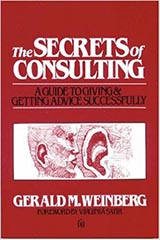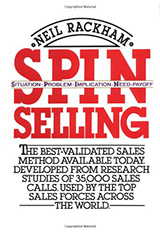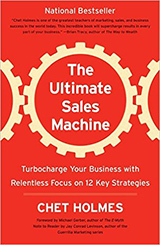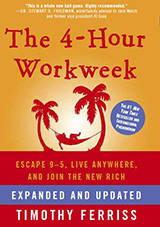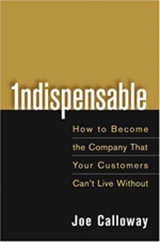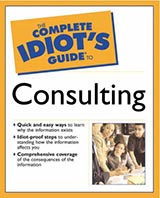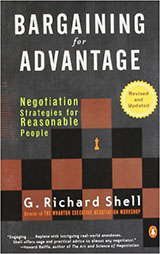
Ahh TradeMe, we all love it 🙂
(And the recent copy-cat auction sites are hilarious. They have no chance!)
You’ve heard the phrase “one mans trash is another mans treasure”?
On TradeMe, that old saying is certainly true.
Do you want to squeeze every last dollar out of each TradeMe sale?
You are about to find out how.
Think of the process of selling on TradeMe as a funnel
Above the funnel is the entire TradeMe audience. Your task is to push a volume of prospective buyers down your funnel.
You have 4 Goals:
- Get as many page views as you can
- Get as many people on the watchlist as you can
- Get as many bidders as you can
- Get a bidding frenzy going in the closing minutes
How do you achieve these goals?
Here are 7 simple but cunning tips about how to turn your junk to gold using TradeMe.
1. Research how your other sellers are selling the item
Spend 10 – 60 mins checking out the competition before you list your item.
What headline are they using? How can you improve on it? What extra keywords are they missing?
What photos have they taken? How can you improve the angles and detail?
What questions have bidders asked? Avoid annoying your bidders by answering these questions ahead of time in your description.
What do they say in their description? What extra details are they missing? Can you tell a story (about the reasons your selling) or write an interesting story about the item?
You task is to learn from their mistakes.
2. Set the auction close to 9pm Sunday night
What you want is a bidding frenzy in the closing minutes of your auction.
To get this, an auction close at Sunday night will mean all your auction watchers will get an email that morning reminding them to come back that night for the closing minutes.
If your auction ends on a weekday, or too early in the morning, or too late at night, you will miss out on that bidding frenzy.
3. Run your auction for 10 days
Did you know it costs only 25c to run your auction for an extra 3 days? You’ll make that money back many times over.
All you have to do is start your auction after 9pm on Thursday night (or first thing on Friday morning).
(Don’t forget to set the end date manually to 9pm the following Sunday as per the tip above).
4. Be ridiculously honest in the description
I mean over-the-top honest.
When you describe the defects and imperfections in detail, buyers get giddy with trust and bid more and more.
Your natural tendency is to not mention these defects. You think it will scare some people off. Sure, some people will be scared off. Let them go. Lot’s more people will be attracted like seagulls to fish n chips. So fight your instinct to hide the defects. This tip will make you money.
It works because on TradeMe we are all strangers. We are strangers buying from each other for the first (and last) time, so we are looking for reasons to trust each other.
We trust shop keepers that we can look in the eye. We trust online ecommerce sites that look professional and legitimate. But it’s hard to trust a stranger.
Do I trust you will pay? Do you trust me that the goods will turn up in the condition you expect?
Revealing defects and imperfections generates trust.
Trust is highly valuable.
People pay more when they trust you.
5. Always sell at $1 No Reserve
What is the number one reason people flock to TradeMe in their millions every day?
To find a bargain.
And nothing screams “BARGAIN!!” more than “$1 No Reserve”.
Put “**$1 NO RES**” at the end of your title and at the top of your description.
This works because it gets bids very early – within minutes or a few hours of listing you should have a few.
And most important of all, each person who places a bid is automatically adding your auction to their watchlist, so they will get emailed next week to say your auction is about to close. That gives them another chance to make another bid, and that’s when you get a last minute bidding frenzy.
I know, I know, it’s a little bit scary selling at $1 No Reserve. But trust me, this works. (TradeMe will charge you a $3 withdrawal fee if you get scared and cancel the auction).
I do $1 No Reserve on everything I sell on TradeMe.
My biggest success was when I did $1 NO Reserve for my car. (My wife and my dad were freaking out and thought I was crazy).
I’d been offered $2000 cash from Turners Auctions but got $4500 in my TradeMe auction. Probably $1000 above what I thought it was worth.
This works. Do $1 No Reserve.
Let the market decide what your item is worth. It might be worth more than you think (especially when that buying frenzy kicks in).
Another bonus is that your item will sell. You don’t have to muck around re-listing your items and waiting even longer to convert your junk to gold and get that gold in your pocket where it belongs.
6. Pay for extra photos
Yes, yes, it is a bit cheeky that TradeMe charges you an extra 10c for photos these days, but its worth it.
Upload about 5 photos of your item from a variety of angles. Include a few photos of all the items laid out nicely on a table, photos of the packing/box, and most importantly: close-ups of any defects or damage.
This is less about being honest and fair and doing the right thing (although that’s important), and more about boosting your credibility so the bidders trust you more and bid more.
7. Pay the extra $3.95 for Feature Combo
This adds a photo beside your listing, TradeMe says its “twice as likely to sell” (and I believe this claim), the title is bold, and it features your auction first in the categories.
This is a classic Return on Investment decision: ask yourself the question “will I get more than $4.00 extra for my auction with this extra exposure?”
The answer is Yes, yes you will.
What’s Next?
Try these tips for yourself. Come back and write your success story below.
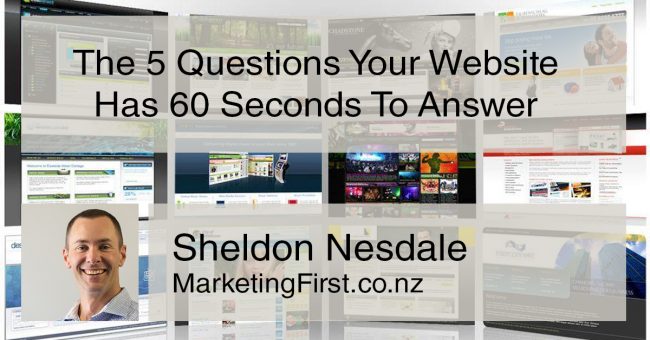

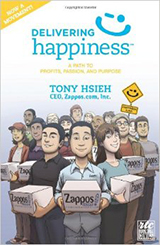
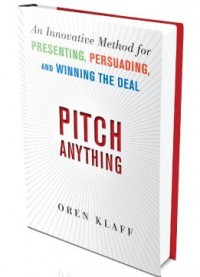

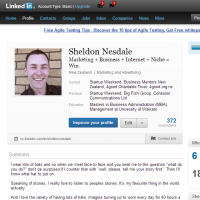

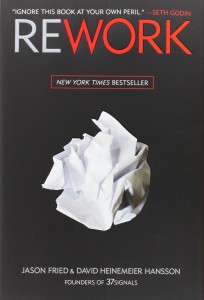
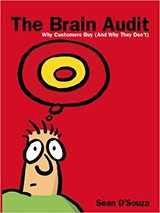
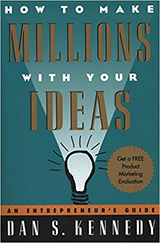
 There’s an ad playing on the radio at the moment about a local skin cancer specialist.
There’s an ad playing on the radio at the moment about a local skin cancer specialist.
